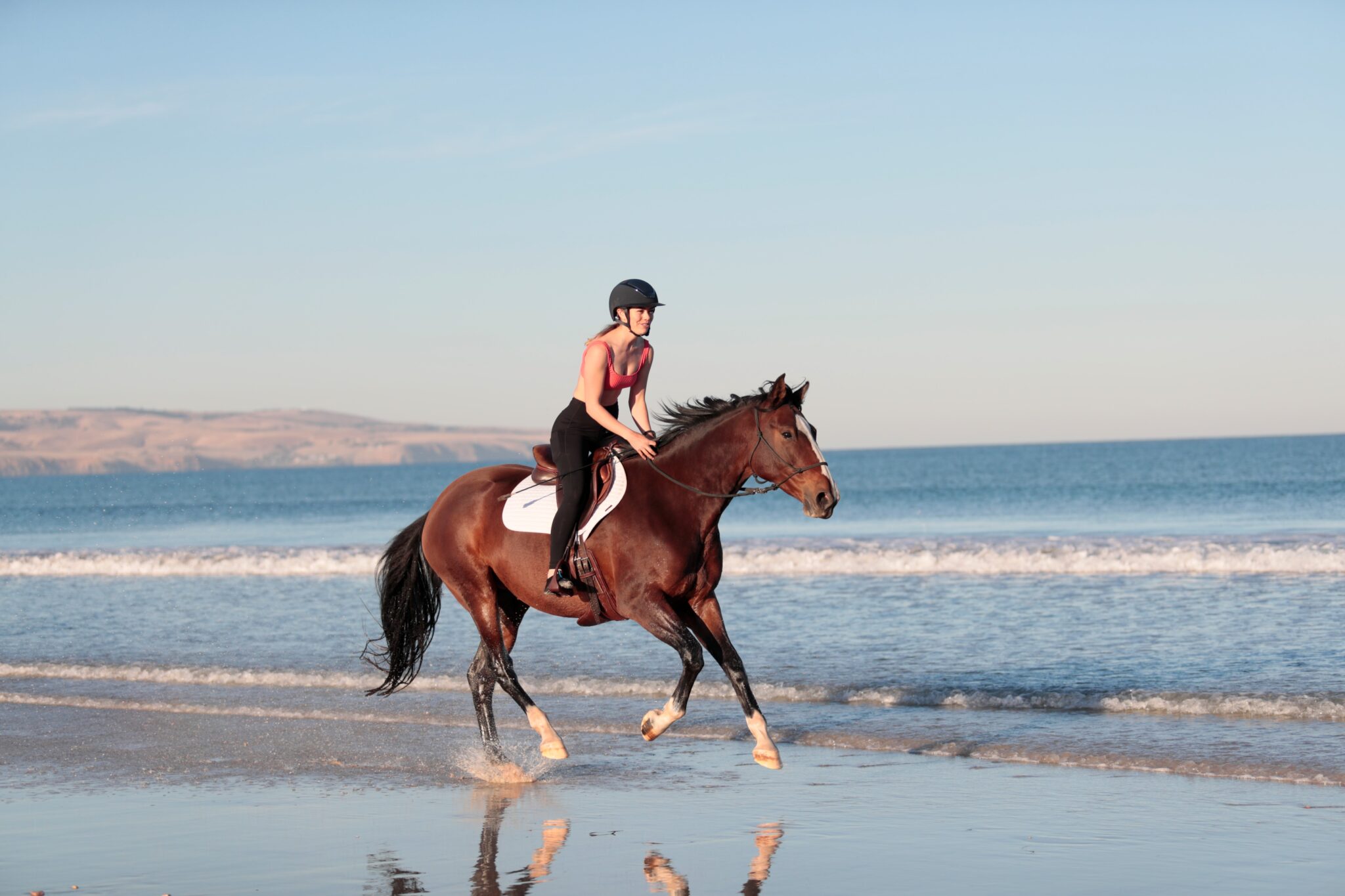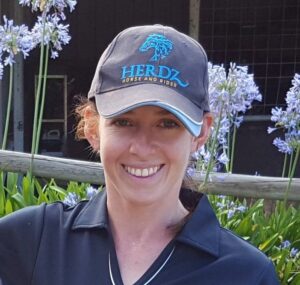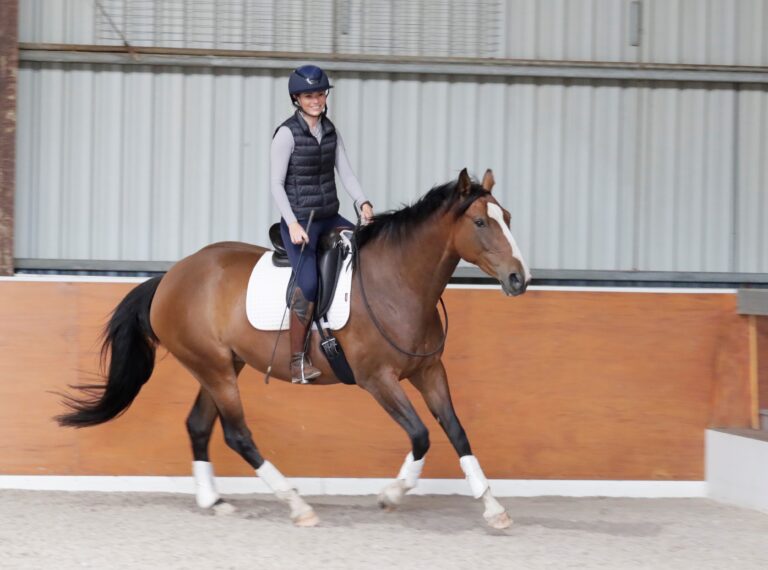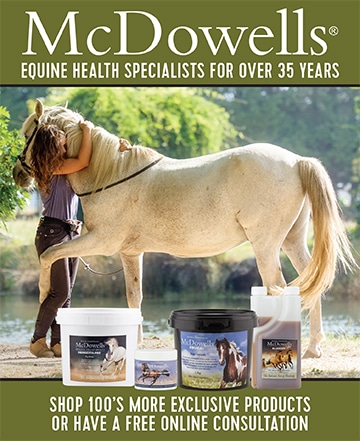Our resident writer Enya takes some time out to chat with Amalia Dempsey on common rider mistakes and how to avoid them.
Amalia Dempsey is a natural horsemanship coach with a background in competitive dressage and eventing. In her home state of South Australia she is highly sought after by a wide variety of riders – from beginners to seasoned competitors – who want to have as confident and harmonious a training journey with their horse as possible.
Here she shares some common mistakes that many riders make in their training, as well as how to avoid them to ensure the smoothest progress possible.
Mistake 1. Forgetting you know your horse better than anyone
Many riders don’t give themselves enough credit for picking up on what’s going on with their horse. Quite often this means noticing small changes or things that don’t feel right, and speaking up about them.
If something feels off with their horse during a lesson, amateurs and young people often think ‘I’ll just keep my mouth shut and not interrupt my coach’. Whereas if something doesn’t sit with you, it’s important for your horse’s sake you speak up about it.
In many cases your coach is also only working with what they see from the ground, so if they’re not checking in with how the horse is feeling, it’s important that you give that feedback.

Mistake 2. Ignoring signs your horse is reaching its fear threshold
The ‘fear threshold’ is the point at which a stimulus is at a strong enough intensity to cause a fearful and negative reaction in your horse. Many a training problem has been caused by pushing horses past their fear thresholds; instead of recognising your horse is reaching its threshold and taking the time to work with that.
A horse’s communication about its fear threshold can be very subtle, and many riders miss the first signs that they are approaching it. By the time your horse are rearing or bucking, they are often so far past their threshold that it’s very hard to bring them back.
The first signs of a horse’s fear threshold could be as simple as them stopping to look at something when you’re leading them to the arena. In cases like these, it’s important to distinguish the difference between your horse stopping out of fear and your horse stopping because it wants to. Pay close attention to their body language for tell-tale signs, such as putting their head up high, pricking their ears, showing the whites of their eyes, stiffening their muscles, or swishing their tail.
Mistake 3. Ignoring or tolerating small problems
When riders encounter a small issue that’s not causing them any problems, it can sometimes be easy to ignore it. The trouble with this is that your 1/10 problem of, say, your horse pushing into your space can quickly escalate into a 10/10 of the same issue with your horse rearing on top of you.
That’s why it’s important to observe seemingly minor issues and make sure to correct them from the beginning.
Mistake 4. Going too fast

Some examples include trying multiple steps of a groundwork exercise when the first step isn’t good. Or trying a task or movement at a faster gait when the horse is not well established in the slower gait.
So how do you know when you’re ready to ask for more? Amalia’s philosophy is to take a very methodical approach of always asking for 1% better. So if your horse has learned a basic shoulder in, you might ask for more angle or more impulsion, rather than both at the same time.
If you want more from Amalia, listen to her podcast or check out the Horsemanship Fundamentals Academy.
About Enya

Enya is an EA Level 1 coach and 1*/2* eventer who has been riding for 20 years and coaching for 10 of them. Her favourite thing about working with horses is that we never stops learning, and loves tapping into the knowledge of specialist experts to enhance the skills of both herself and her students.


